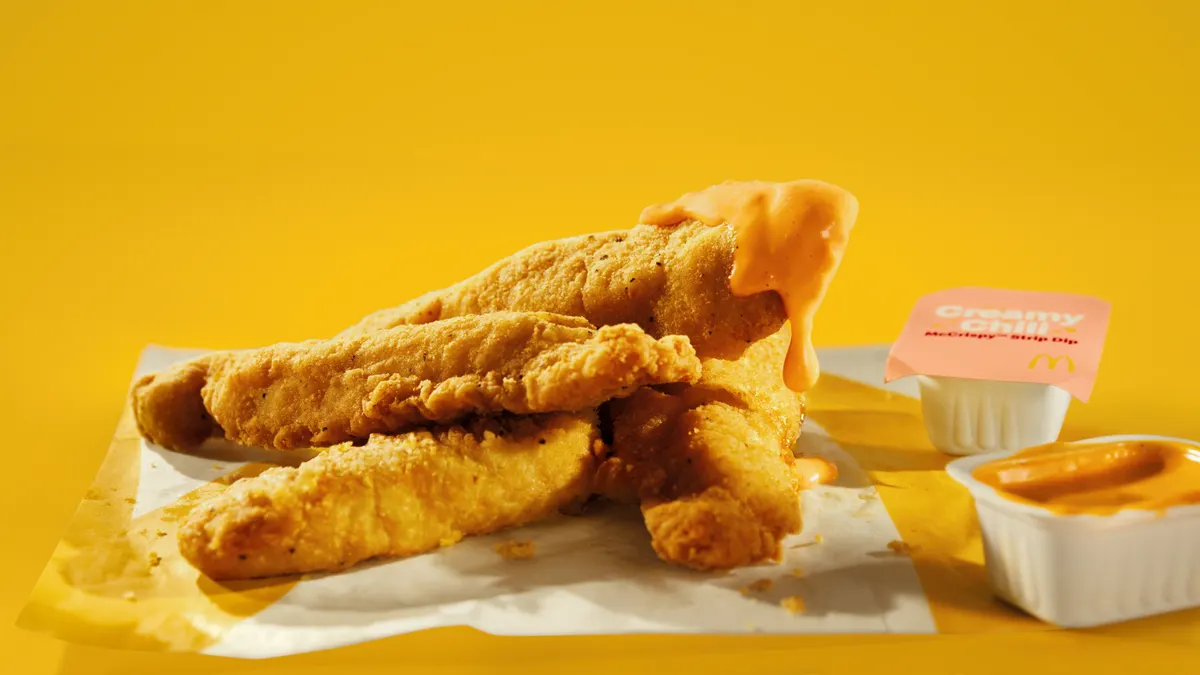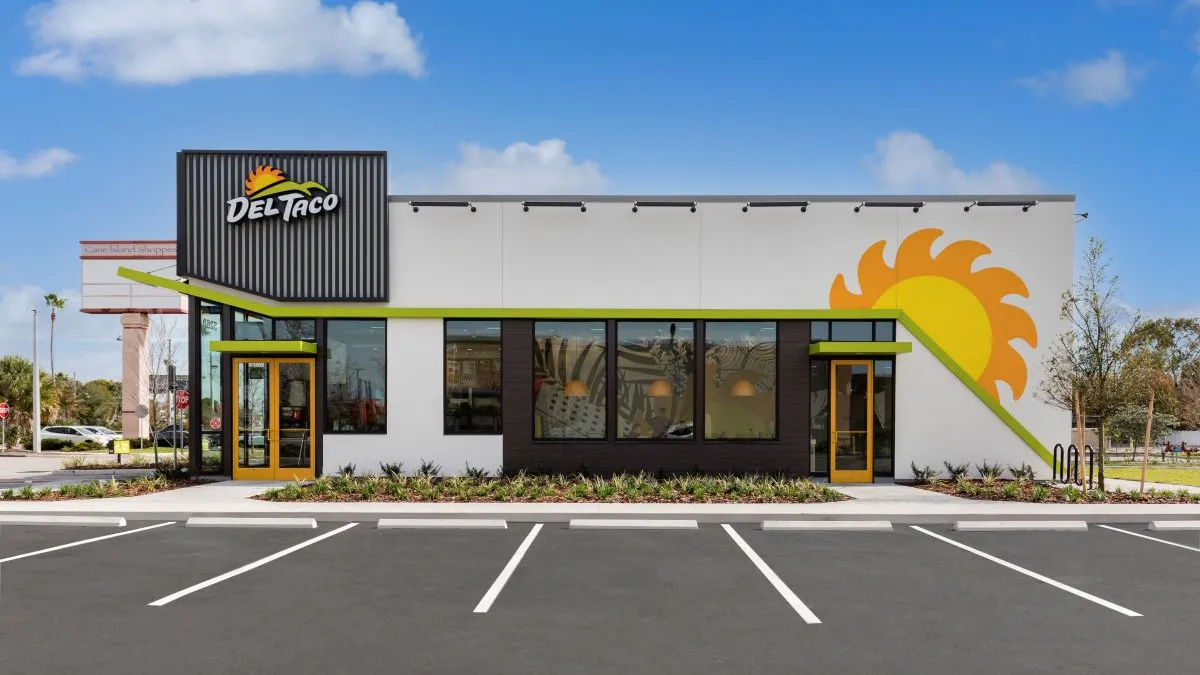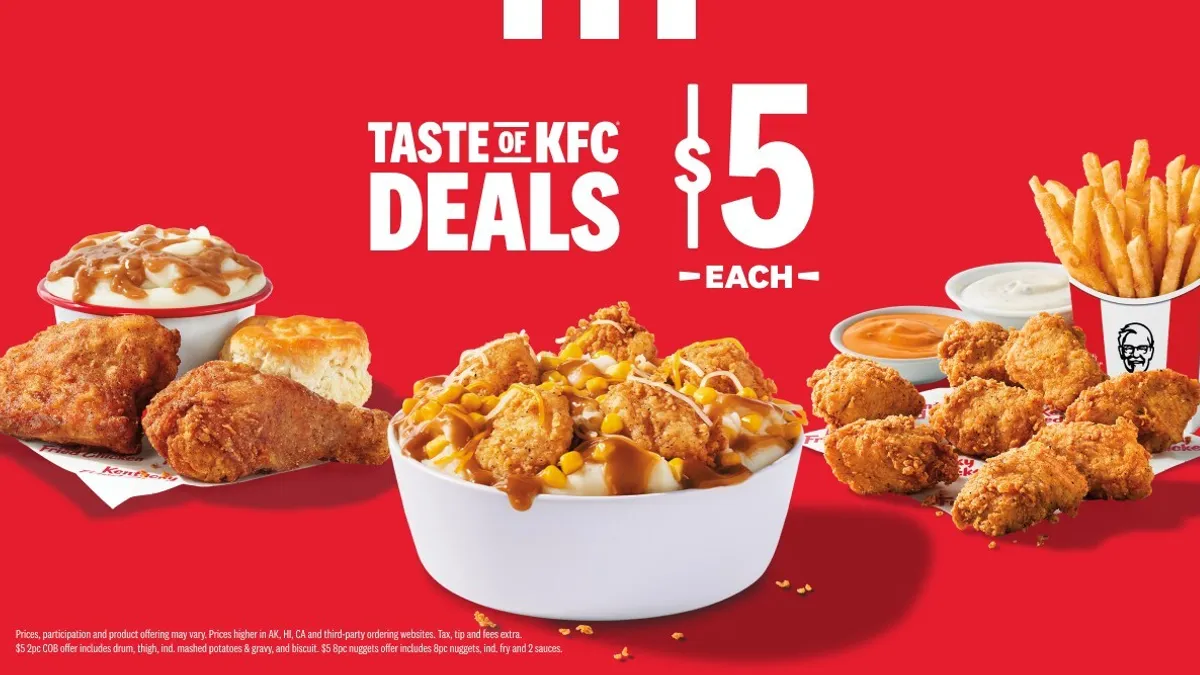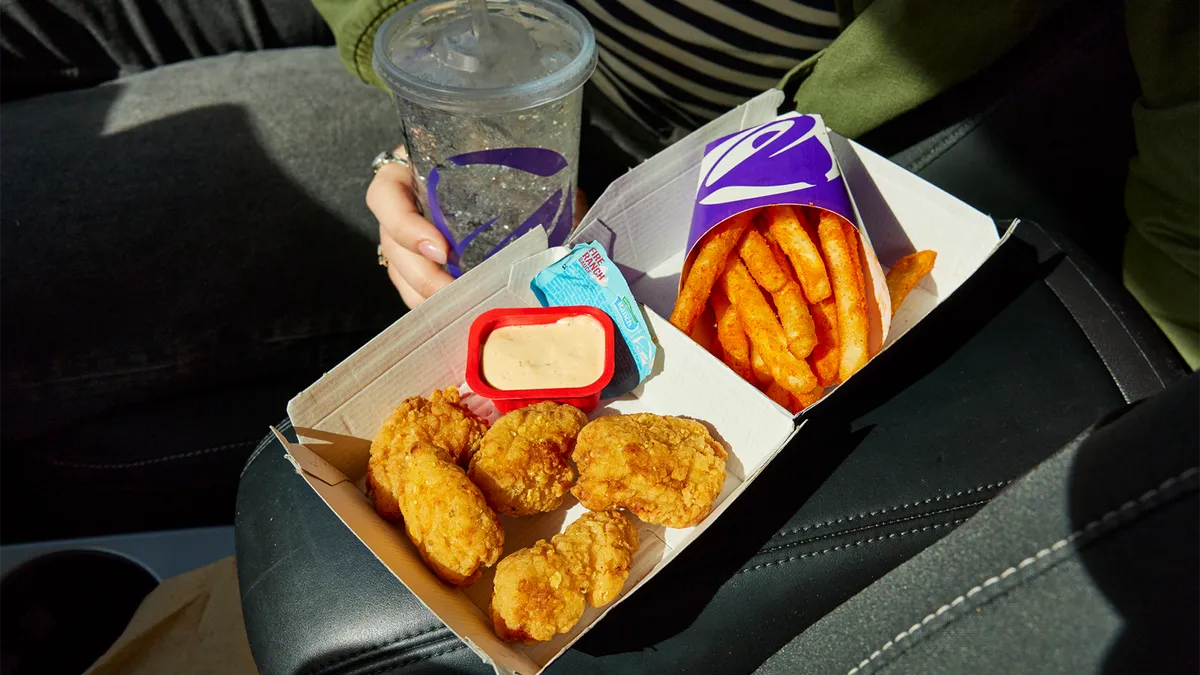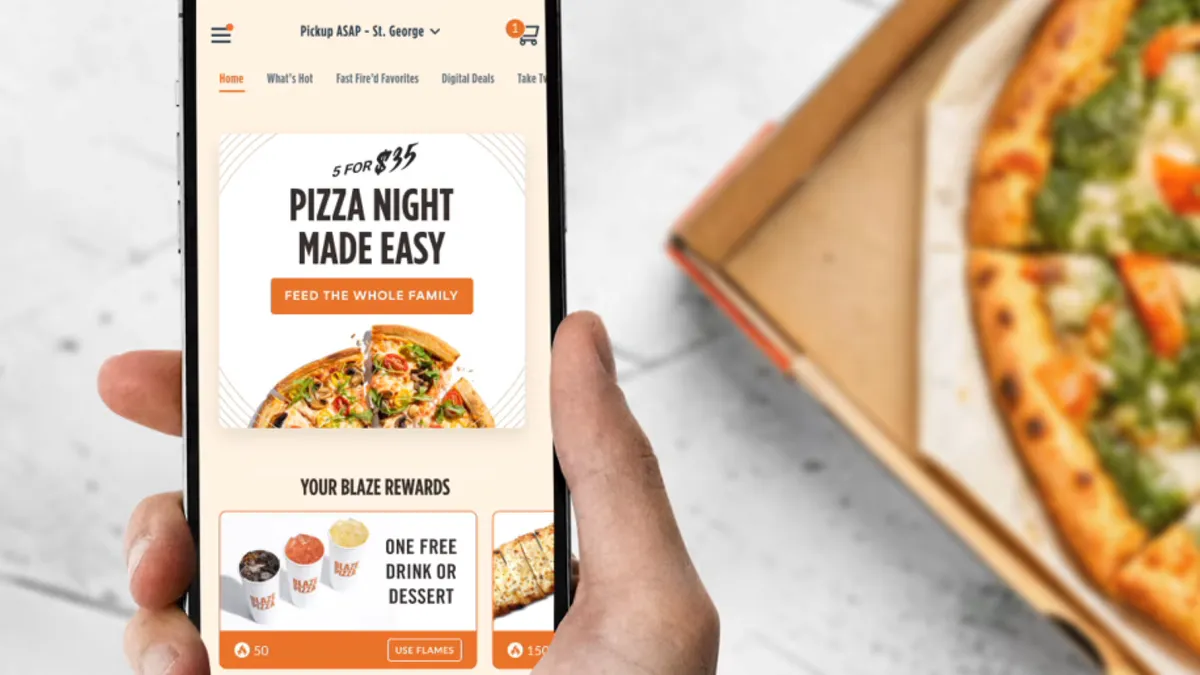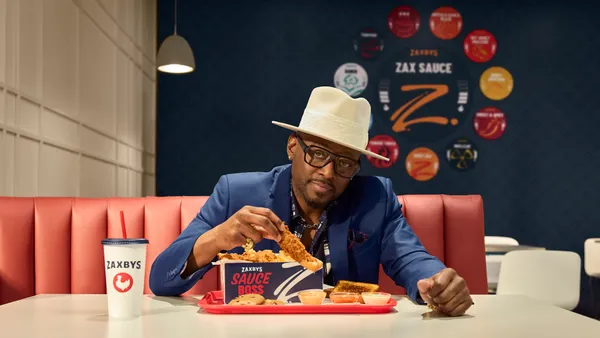The following is a guest post by Dan Silver, SVP of marketing at GroundTruth.
It may look a little different, but dining out is back in full force, giving the restaurant industry a whole new view into what the future holds for a vertical that has had more than its share of ups and downs over the last three years. Whether it's sidewalk dining, QR code menus, curbside pickup, or even supply chain issues, little has been left undisrupted. Yet despite the constant fluctuations, the restaurant industry is experiencing a strong comeback. Visitation for the total restaurant category increased 9% year-over-year in 2021 in online and physical visits, according to the NPD Group.
While the restaurant industry has progressed toward recovery over the last several months, it is still struggling to sustain that growth amid higher food costs and staffing shortages. Increased competition is also forcing fine dining restaurants to evolve into convenience-driven business models like quick-service restaurants. Even mobile kitchens are blurring the lines between fine dining restaurants and QSRs.
Restaurant brands that have been able to hold on to their core customers and attract new ones are shifting their marketing investments toward more targeted and intentional campaigns. This includes being more effective at finding and engaging restaurant-goers by better understanding how and when to reach them. At the core of their strategy is intent data, which helps them understand brand loyalty, dining trends and the full impact of their marketing campaigns. Here are some of the intent data-driven tactics marketers are employing to tap into a changing consumer landscape.
Reward customer loyalty
For restaurant marketers, 2022 will be a pivotal year as much of the battle for customer mindshare will continue in the digital marketing world. Industry data shows 60% of loyal customers will purchase more frequently from their preferred brands, and customers who are "totally satisfied" with a brand bring in twice as much revenue as customers who are only "somewhat satisfied." That's why this is such a lucrative audience for a marketer to tap into. If you can increase the loyalty (purchase frequency) of a customer, you gain more revenue over the short- and long-term and capture more data about your customers. Many of the top brands implementing aggressive loyalty programs see them pay off in significant ways.
Have an always-on marketing strategy to reach multichannel consumers
Restaurants will need to focus on real-time engagement through diversified media channels to ensure constant customer engagement. Otherwise, they risk losing them to competitors. This includes reaching a market of always-on consumers through social, video and mobile channels in multiple locations such as their home and office.
The key to a successful omnichannel campaign is trusted and vetted data. Not only will data facilitate better customer interactions across channels, but it also helps operators provide a hyper-customized dining experience. Audience insights based on intent data can be the foundation of effective targeting for omnichannel campaigns, allowing restaurants to reach consumers during key moments of decision with personalized service across their preferred channel.
You can't sustain brand loyalty if you don't know who your loyalists are
One of the big questions for restaurants with existing loyalty programs is how to retain loyalty members. QSRs, for example, may ramp up the number or quality of rewards for members — betting that the boon of consumer data makes up for those losses. In a highly competitive environment, the value of retaining your customers and building long-term relationships with them can be the difference between meaningful growth or a struggling business. But if you don't know which of your customers are visiting competitors, your marketing investments could be working blindly. Visitation data can help identify which of your loyal customers are moonlighting with your competitors and when. Restaurants can use these insights to help make sure their retention campaigns are actually reaching the right people.
Celebrate seasonal moments, early and often
While there is an increased caution in restaurant dining due to the pandemic, seasonal events such as Easter, Mother's Day, and Valentine's Day have all proven to generate higher business volumes throughout the year. In fact, during 2021, several major holidays drove some of the highest levels of business for restaurants despite the challenges presented by COVID-19. However, special menus and themed experiences alone can fall short if marketers aren't able to reach their key demographics for each holiday (e.g. families for Mother's Day).
Arguably, national food holidays (e.g. National Taco Day, National Shrimp Day, National Cheeseburger Day) can be more important to restaurants than the more "traditionally observed" holidays because, in a way, these days were made for restaurants and QSRs. It's up to marketers to develop creative restaurant promotions and restaurant marketing ideas that attract more customers. Using an audience strategy based on demographics and other relevant attributes such as health enthusiasts can help brands make the most of holiday-based targeting campaigns.
Even in the midst of changing dining experiences, whether it be curbside, outdoor/indoor dining or delivery, the one thing that restaurant marketers can count on is for consumers to continue having a healthy appetite for eating out. This year represents a whole new opportunity to utilize intent data to deliver a personalized customer experience — no matter how or when customers decide to dine out.







